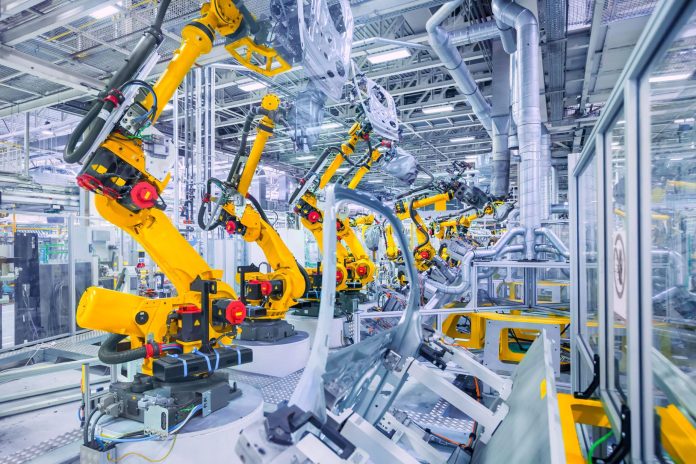Industrial sector will account for nearly 50% of new IoT devices between 2015 and 2025.
The total number of connected internet of things devices globally is expected to reach 20 billion units by the end of this year, climbing 15% year-on-year, according to new analysis from IHS Markit.
In its report, IHS Markit identified four key trends that will drive the space his year and beyond. “These internet-connected devices can be used to enhance communication, automate complex industrial processes and provide a wealth of information that can be processed into useful actions all aimed at making our lives easier,” said Jenalea Howell, research director for IoT connectivity and smart cities at IHS Markit.
According to the report, the industrial sector – led by building automation, industrial automation and lighting – will account for nearly one-half of new connected devices between 2015 and 2025.
According to the consultancy firm, innovation and competitiveness are driving new business models and consolidation in the field. To date, the focus on IoT-related monetization has rightly revolved around the way in which suppliers earn revenue selling components, software or services to IoT application developers. Increasingly, however, the focus is shifting to the IoT developers themselves and how they will monetize new streams of data delivered by their deployments, the report says.
A range of monetization models are being tested, reflecting the fragmented nature of the IoT market across numerous vertical industries, IHS’s report adds.
The report also highlighted that diverse standards and technologies make it difficult to evaluate the many technology options available. According to the firm, stakeholders should take a holistic, end-to-end view of securing systems comprehensively and move beyond focusing only on device security.
Advances in wireless technologies are also expected to continue to extend the IoT at both the low and high ends. At the low end, low-power wide-area network technology promises low cost, low power and long range, connecting millions of devices that previously could not be unified in a practical way. At the high end, 802.11ad makes it possible to wirelessly connect very high performance applications such as 4k video, IHS says.
Semtech Corporation selected for IoT LPWAN deployment in Australia
Semtech announced its LoRa wireless platform is currently being used in Australia’s first IoT LPWAN network.
The deployment is taking place in Launceston, Tasmania, and is expected to enable a host of smart applications involving real-time transportation monitoring, inventory control and health care. Launceston-based IT company Definium Technologies is set to manufacture network gateways and sensors using LoRa technology to run the network.

